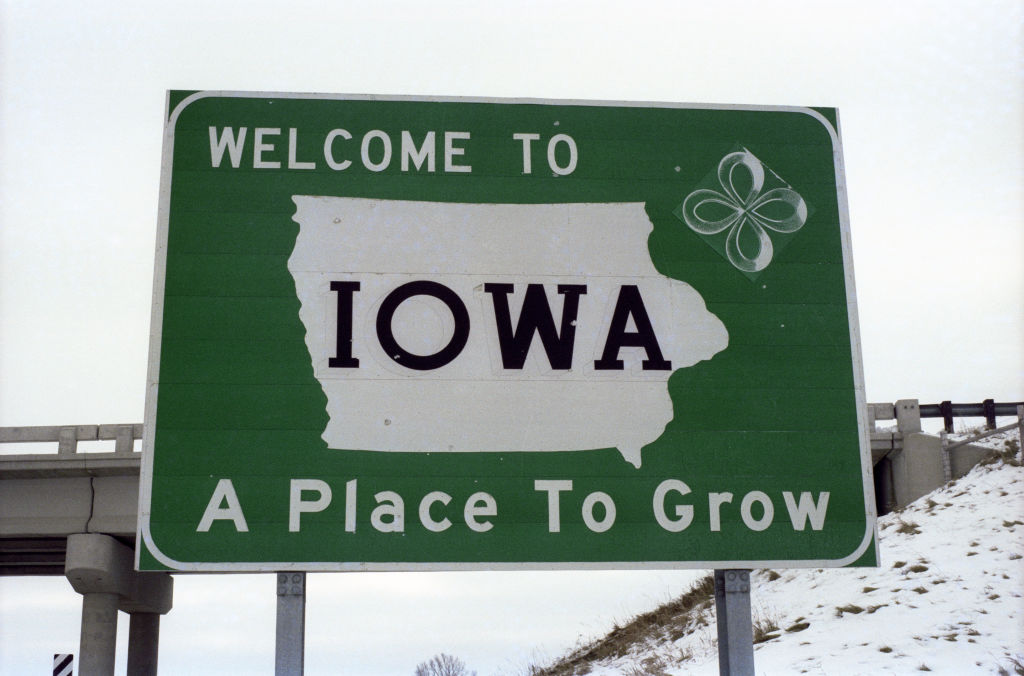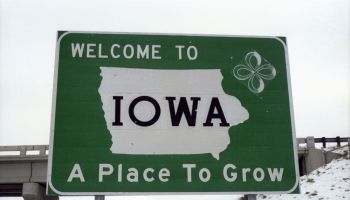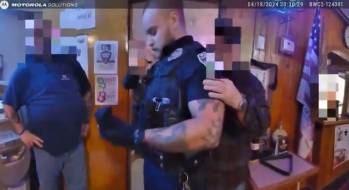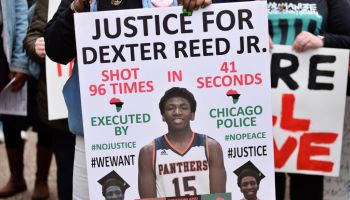Tuesday marks the 62nd anniversary of the landmark decision in Brown vs. Board of Education, in which the Supreme Court ruled state laws establishing separate schools for Black and White students were unconstitutional.
In today’s educational climate, however, desegregation has stalled and disparities amongst poor Black and Hispanic students seem as prevalent as ever.
Here are the numbers to prove it.
In 2011, the Civil Rights Project released a report showing that Black students enrolled in majority White schools stood at 23.2 percent. That was the lowest percentage since 1968, 14 years after the Brown vs. Board of Education ruling. According to the report, percentages steadily began to decline in 1980, when the rate was 37.1 percent.
A 2015 study by the United States Government Accountability Office says that from 2000-2001 to 2013-2014, the percentage of all K-12 schools that had high proportions of poor Black and Hispanic students grew from 9 to 16 percent.
The same report also showed that 75-100 percent of the students at these schools were Black or Hispanic and poor.
A recent study released by the DOE’s Office for Civil Rights, titled Delivering Justice, showed that in 2015, a total of 10,392 complaints were filed; 3,000 investigations were opened, resulting in 1,000 resolutions leading to change in practices.
Out of the total number of complaints, 2,157 related to race and national origin.
SOURCE: The Civil Rights Project, U.S. Dept. of Education, United States Government Accountability Office, U.S. News & World Report | PHOTO CREDIT: Getty
SEE ALSO:
Federal Court Orders Mississippi Town To Desegregate Schools
Education Department Reports Record Number Of Civil Rights Complaints & Investigations























